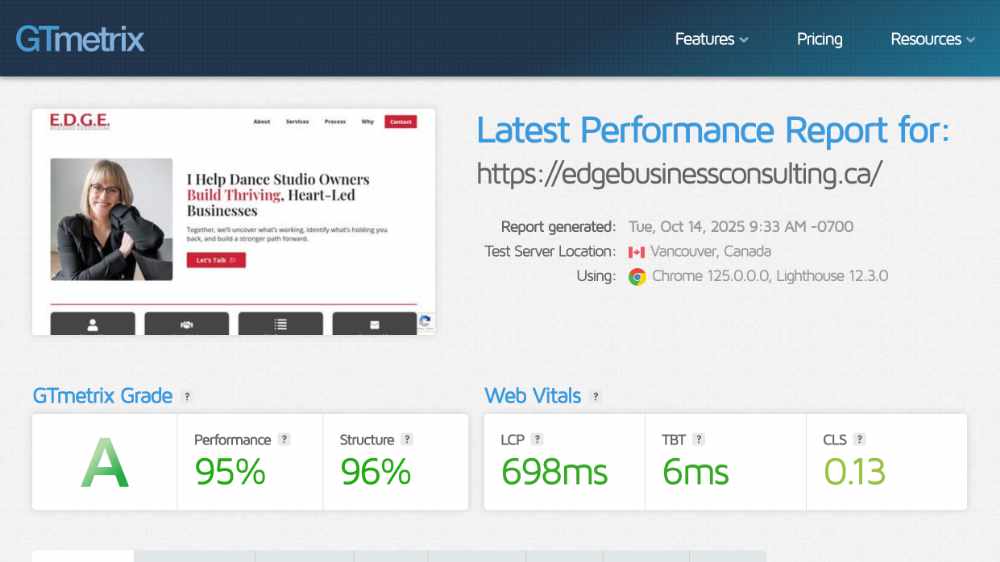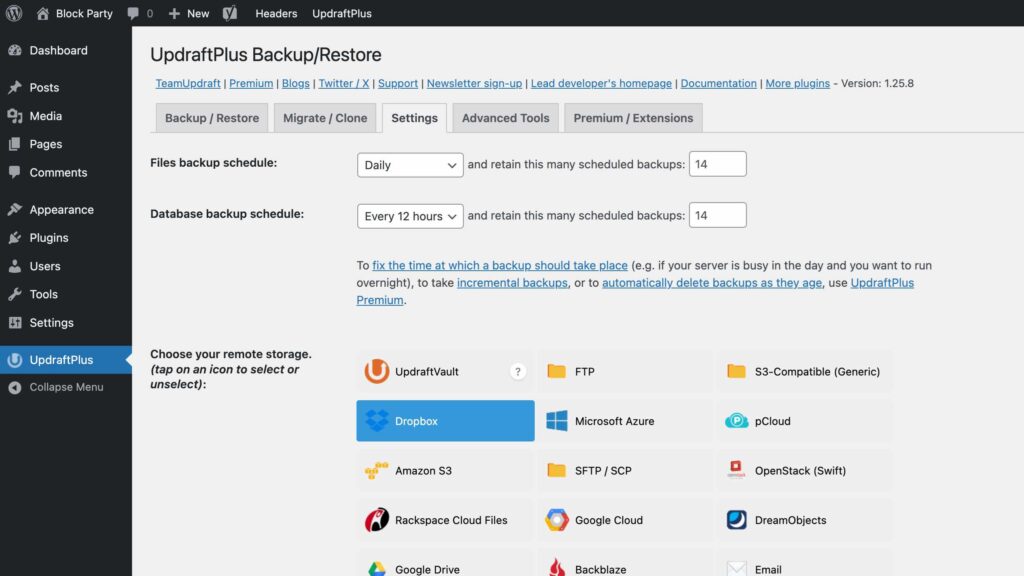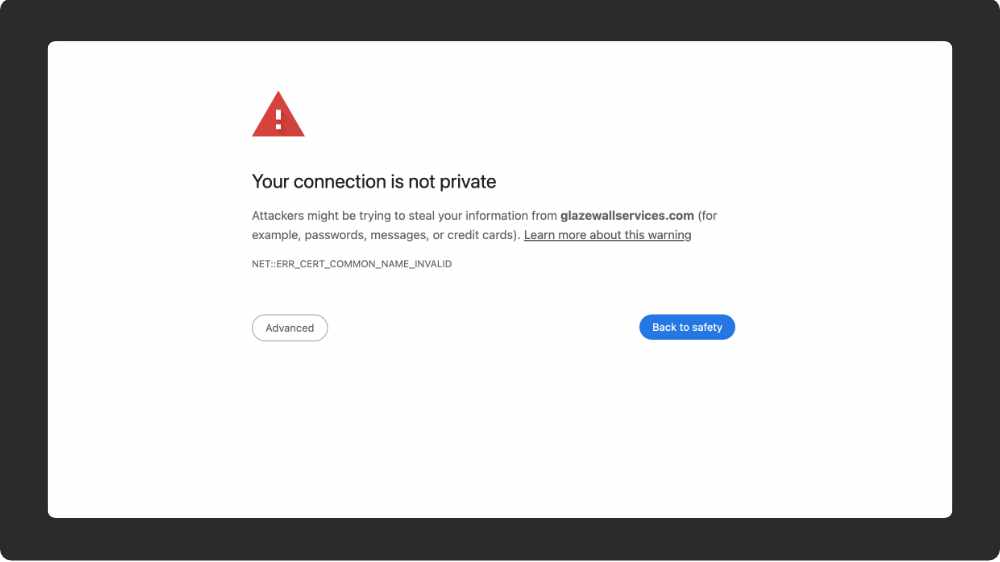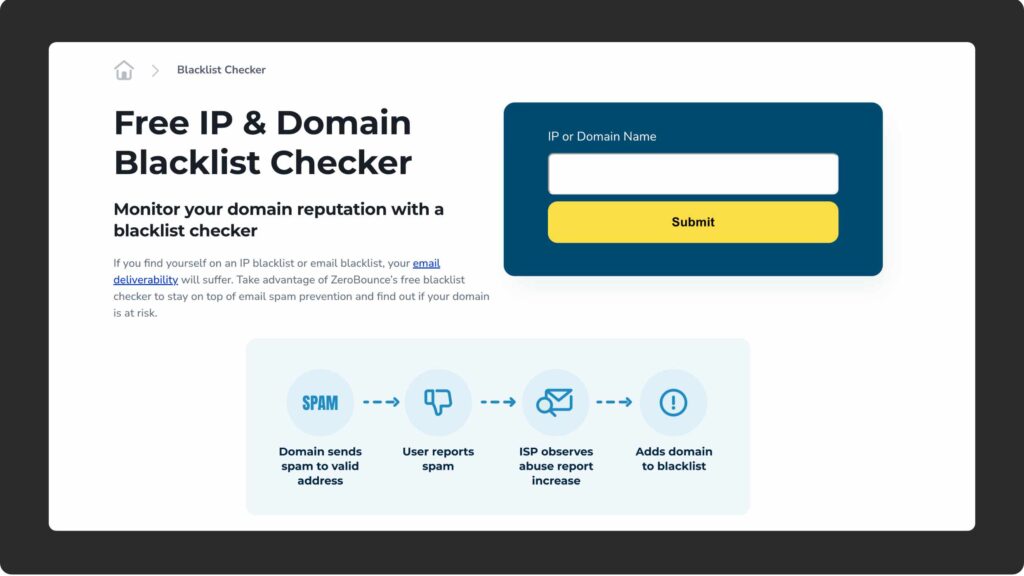The Top 7 Hidden Risks of Cheap Web Hosting
When “affordable” hosting quietly becomes expensive
I get it, I love a deal just as much as the next guy BUT those cheap prices everyone advertises are hiding much bigger costs that you might realize. Most small businesses across Edmonton (and Canada) start with budget hosting because it feels affordable. The problem is, it’s not built for business.
I see this all the time with local businesses who sign up for cheap hosting plans. They look great at first, but when things go wrong, support is nowhere to be found.
I’ve put together a list of the biggest issues with budget website hosting plans so you know what to look out for and what you can do. In the end I’ll tell you who these plans are good for and what small businesses need to put their best foot forward.
1. Slow Sites = Lost Customers
Everyone says speed matters, but most people don’t realize how much.
Your potential customers spend a lot of time online, and the sites they trust like Netflix, Amazon, and Facebook all load instantly. The further you are from that standard, the less comfortable people feel sticking around.
When your site takes more than a few seconds to load, visitors don’t wait. They move on to the next option and rarely come back.

Why it happens:
Those “unlimited” five-dollar hosting plans sound great until you realize they’re shared with hundreds of other websites. If one of those sites gets a traffic spike or has a security issue, everyone else slows down with it.
The real-world cost:
A slow site makes your business look unreliable, even if it’s not.
And if that’s not bad enough, Google notices too, and slower sites often slide down in search results.
What you can do:
Run a quick test at PageSpeed Insights. If your site takes longer than three or four seconds to load, your hosting setup is likely part of the problem.
2. Backups Are Out of Date or Fail
Most hosting companies promise backups these days, but that promise might not be as bulletproof as you think.
If you’ve ever updated a plugin, changed a setting, or had your site hacked, you know how fast things can go sideways. When that happens, a backup is only useful if it actually works.
Unfortunately, backups can fail for all kinds of reasons:
- Non-existent: The “automated backups” they advertise might never have been enabled or are set to run only once in a while.
- Infected: If your site was hacked without you noticing, those backups could be storing the same infection.
- Faulty: Some backups simply fail midway through and end up incomplete.
- Timed poorly: A backup that isn’t frequent enough means hours of manual work trying to remember what changed and when.
- Kept on the server: If your backup is stored on the same server as your site, it’s gone the moment that server goes down.
Why it matters:
Without a reliable backup, one bad update can wipe out months or even years of work. Your website isn’t just files on a server; it’s your reputation, your content, and your ability to be found online.
What to check:
Ask your hosting provider a few simple questions:
- How often is my site backed up?
- Is it saved off the server?
- Have you ever tested restoring one of those backups?
If they can’t give a clear answer to both, your backups are just a checkbox, not protection.

What you can do:
Make sure your host keeps at least 7 to 14 days of backups and can restore your site within 24 hours.
For extra peace of mind, install a plugin like UpdraftPlus and run your own manual backup to Google Drive or Dropbox once in a while.
3. Support Is Frustrating and Time Consuming
The first thing you notice when you actually need help is how little support there is. No phone number to talk to a real person. A forum filled with long technical articles. And if you’re lucky, an AI chatbot that wastes your time with bad information before connecting you to someone who doesn’t know you or your business.
I don’t know about you, but if I have to answer “Was this reply useful?” or “Did this answer your question?” one more time, I might throw my computer at the wall.
No hosting is perfect, and when things go wrong or you need something fixed, those delays can mean lost customers and lost trust.
Quick test:
Send your host a small support question, like asking how to access your backups. If they take forever to respond or copy and paste from a script, imagine what happens in a real emergency.
Good support doesn’t just fix problems. It prevents them before they happen.
4. SSL Is Missing or Expired
Security is a BIG deal. SSL is what tells people your website is secure, safe and trustworthy. Google also uses SSL as a ranking factor, so a missing or expired certificate can quietly hurt your visibility.

If you don’t know what it is, SSL encryption protects the information people send through your website, like contact forms or payments. Without it, their data can be intercepted or stolen.
Browsers like Chrome now block entire websites, forms and checkout pages that aren’t secure. So while you might think your site is fine, visitors could be seeing a big red warning instead.
If you thought slow websites turned people away, wait until you see how quickly they run from a bright red warning page. Talk about red flags!
Why it happens:
Some hosts still require you to install or renew SSL manually. Others use automated systems that fail silently. If your SSL expired without you realizing it, your hosting provider isn’t maintaining your account properly.
What to check:
- Go to your website and look at the address bar.
- If it says “Not Secure,” or your URL starts with http instead of https, your SSL isn’t active.
Most quality hosts offer automatic SSL renewal. If yours expired without you knowing, something’s not being maintained.
5. You’re Not Getting Emails from Your Website
This is the most common issue I see on websites. Everything looks good, no SSL warning or other notifications. Actually, it’s been too quiet. When was the last time you got an email from your website?
Was it this week? Last? I’ve heard horror stories about people missing months of emails because their email was tested one time and it quietly broke over time.
How much is a new customer worth? I’ve lost sleep at night trying to perfect my system to ensure emails are delivered to clients.
Most missed leads come down to one of two things:
• Your website’s email isn’t verified properly.
• Your host’s shared mail server has a bad reputation and messages are landing in spam.

Why it happens:
Budget hosting puts hundreds of businesses on the same mail server. If one of them sends spam, everyone’s reputation takes a hit. That means your legitimate messages can get filtered or blocked entirely.
How to check:
Fill out your own contact form.
Did it show up in your inbox? Was it instant, delayed, or in junk?
If it’s missing or marked as spam, your site’s email setup needs attention.
What to do:
Ask your hosting provider if your domain has proper authentication records like SPF, DKIM, and DMARC. These tell other mail servers that your messages are safe and actually come from you.
I strongly believe that email hosting should be kept separate from your website. A monitoring and deliverability service should be used to track emails being sent, rejected, and opened. Because if you aren’t getting your emails, you are losing customers. Period.
6. Nobody’s Monitoring Your Site
The budget hosting model gives people the wrong idea. They say, “For just a low monthly fee, we’ll host your website.” It makes it sound like they’re actively hosting and maintaining your site.
That couldn’t be further from the truth. As soon as a website is built and launched, it’s quickly forgotten. The host isn’t maintaining it for this price. They have hundreds of sites sharing the same servers, and if they detect a hacked site, it might be ignored, blocked, or even deleted.
That’s if they notice at all.
Just like missed emails, it might be a while before you realize there’s a problem or a customer finally tells you your site is down.
Why it matters:
Every minute your site is offline is potential business lost. Even short outages can hurt your search rankings and your customers’ trust. If someone clicks your link and your site doesn’t load, they rarely come back to check again.
How to check:
Ask your hosting provider if they actively monitor uptime.
If they say no or can’t give a clear answer, they’re not managing your site, they’re just renting you space on a server.
What you can do:
Use a monitoring tool or service that checks your website automatically and sends alerts if it ever goes down. There are both free and paid options, and any reputable managed host should include it by default.

If no one is watching your site, then you’re gambling with your online presence. Problems don’t fix themselves.
7. Your Host Treats You Like a Number
Something breaks. Support blames your developer. The developer blames the host. And you get a bill for every. little. change.
Nobody takes responsibility.
That’s what happens when you’re one of hundreds on a shared server.
Good hosting feels different. It’s like having a partner who knows your site, your business, and your name. It’s a partnership that has a plan to handle the little things so calling for support is normal and encouraged.
It’s not just technical. It’s human.
Who Budget Hosting Is Actually For
I know, I talk down about budget hosts quite a bit, but there really is a place for it.
It’s not all bad, it’s just not built for business.
If you’re setting up a personal blog, a hobby site, or a simple portfolio that doesn’t handle customer inquiries, payments, or regular traffic, budget hosting is fine. It gives you a place to learn, experiment, and get something online without spending much.
The problem starts when those same cheap plans are used to run a business website. That’s when the lack of backups, slow speeds, and missing support start costing real money.
Personal projects don’t need uptime monitoring or daily maintenance. Businesses do.
If your website represents your livelihood, it deserves the investment.
Why Managed WordPress Hosting Matters
The real difference isn’t in the server. It’s in the support behind it.
A managed hosting service means your website isn’t just parked somewhere on autopilot. It’s being looked after by someone who knows your site, understands your business, and is available when you need help.
If something breaks, you don’t file a ticket and wait days for a reply. You send a text or make a quick call, and someone who already knows your setup gets it handled. No hand-offs, no finger pointing, no downtime that drags on for days.
What managed hosting with Tieulie Digital includes (and why it matters):
- Daily verified backups – your site can be restored within hours if something goes wrong.
- 24/7 uptime monitoring – instant alerts if your site goes offline so issues get fixed fast.
- Continuous updates – WordPress core, themes, and plugins are kept current and secure.
- SSL and security management – no expired certificates, no malware surprises.
- Performance optimization – your site stays fast, even as it grows.
- Email deliverability setup – verified DNS and monitoring so form submissions don’t vanish.
- Content change time allowance – 1 hour small website edits and updates included, no surprise bills.
- Real human support – you can call or text directly instead of talking to a chatbot or waiting in a queue.
- Hack Free Guarantee – No host can promise you 100% protection, so if your site does get targeted, we clean and restore your site for no additional charges.
Managed hosting is peace of mind. It’s the confidence that your website is being cared for by someone who actually knows your business and is invested in keeping it running smoothly.
That’s the value… not just uptime, but partnership.

The Bottom Line
Your website is often the first impression people get of your business. It needs to be online, fast, and working every time someone visits.
You don’t need to become a tech expert, but you do need to know that someone’s watching over your site, making sure it’s backed up, updated, and protected.
That’s what managed hosting is for. It takes the stress, the guesswork, and the “hope it’s fine” approach out of running your website.
If you’ve had trouble with support, downtime, slow sites or getting hacked I believe we can help you whether you are local in Edmonton or across Canada.
Good hosting isn’t just about servers. It’s about trust, reliability, and knowing your business is supported.